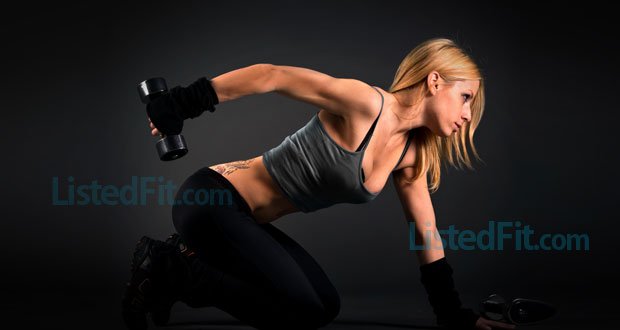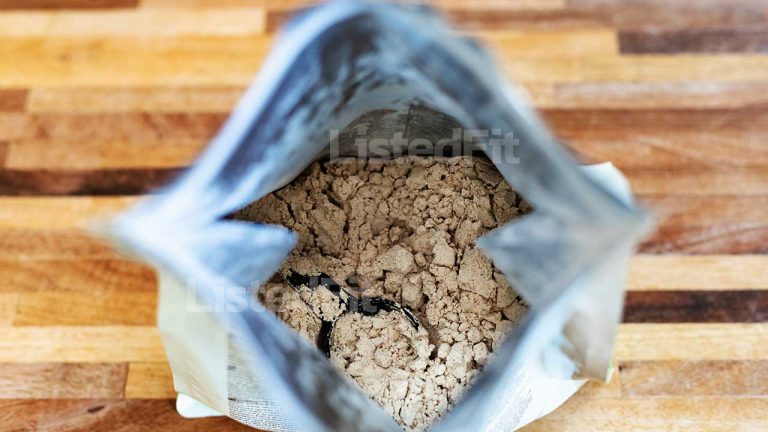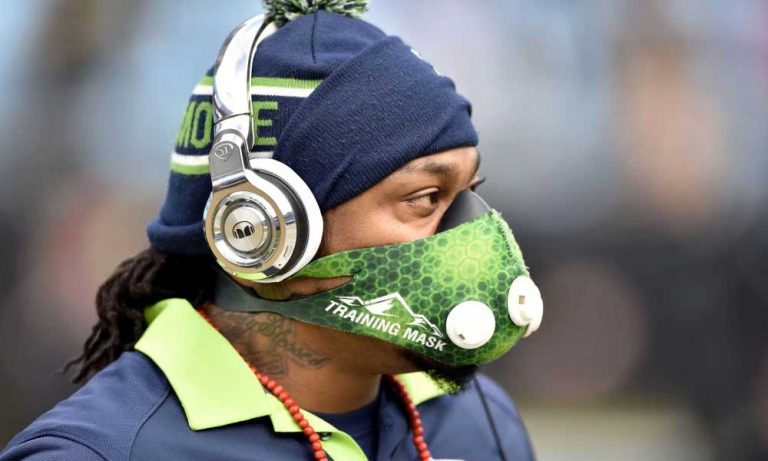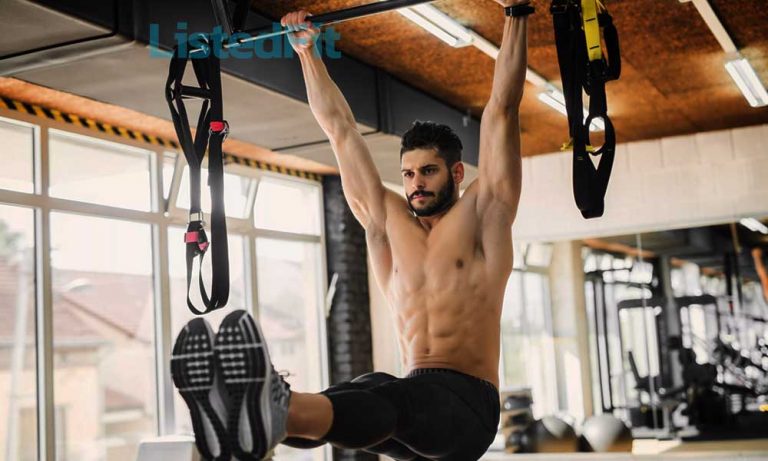Are Barefoot Shoes Good for You? Uncovering the Facts

ListedFit is reader-supported. When you buy through links on our site, we may earn a small commission.
A lot of people haven’t tried or even considered barefoot shoes as an option.
I’ve personally found training in barefoot shoes to be a better experience than I expected, so much so that barefoot shoes have earned their place in my workout shoe collection.
I have slight overpronation or ‘flat feet’ as they’re more commonly labelled, and training in barefoot shoes has been a pleasant experience.
But there are things you need to be aware of before you decide if barefoot shoes are a good choice for you. You have to consider the benefits and the drawbacks.
Barefoot shoes have gained popularity in recent years, but the question remains: are barefoot shoes good for you?
In this article, we will dive into the world of barefoot shoes and discuss the pros and cons to help you make an informed decision.
Wearing barefoot shoes over time could potentially strengthen your foot muscles, which may help stabilize a flat arch.
When you wear supportive shoes all the time, you might not be adding the necessary muscular strength in your feet to support bones that aren’t naturally tight in their structure.
But still, even though barefoot shoes have benefits for many it’s crucial to consider other things like the adjustment period and the potential risk of walking or running outdoors with minimal protection, such as being extra careful or walking around sharp objects or uneven surfaces.
To help you navigate through this topic, we have gathered information on the best barefoot shoes available in the market and researched the science behind the benefits and potential dangers of using them. Read on to discover if barefoot shoes are the right choice for your personal needs and preferences.
Table of Contents
Understanding Barefoot Shoes
Barefoot vs Minimalist Shoes
When it comes to barefoot shoes, it’s essential to distinguish them from minimalist shoes. Both types of footwear aim to mimic the natural movement of the foot, promoting a healthy walking or running gait.
Barefoot shoes are specifically designed to provide the closest possible experience to walking or running without shoes. They typically have an ultra-thin sole, a wide toe box, and no cushioning or support.
Minimalist shoes still offer some cushioning and support, albeit less than traditional athletic shoes. They have a low heel-to-toe drop and a thinner sole compared to conventional footwear.
Check this out
I recently made a video detailing the 3 things to look for in a barefoot shoe, and also some good shoe recommendations.
Click here to see it.
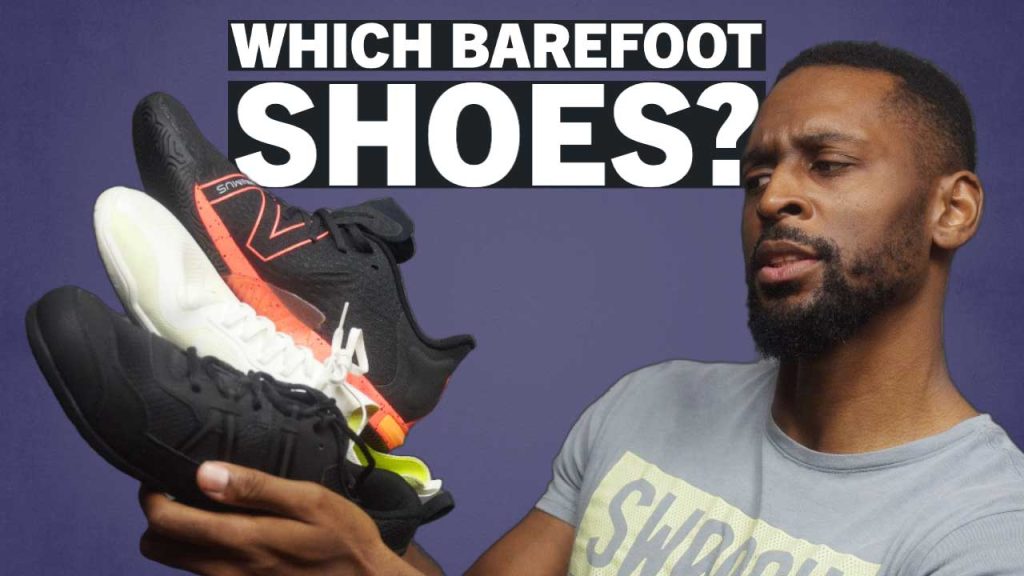
Popular Brands and Types
Several brands produce high-quality barefoot and minimalist shoes suitable for various activities, such as running, walking, and casual wear.
Some of the well-known brands and their popular models include:
- Vibram: Famous for its controversial ‘FiveFingers’ line of shoes with individual toe compartments that provide the feeling of being barefoot with added protection.
- Vivobarefoot: Offers a wide range of minimalist shoes for casual, athletic, and outdoor activities, all designed with a focus on natural movement and foot health.
- New Balance: The Minimus line of shoes provides a more minimalistic approach to running shoes, with lower heel-to-toe drops and lightweight construction.
- Merrell: Well-known for their trail running shoes, Merrell also offers the Vapor Glove series, providing a barefoot-like feel with thin soles and a focus on ground connection.
When choosing a barefoot or minimalist shoe, it’s crucial to consider your specific needs and activities, such as running, walking, or casual wear. Some factors to keep in mind include:
- Sole thickness: Barefoot shoes have the thinnest soles, while minimalist footwear provides slightly more cushioning.
- Toe box width: A wide toe box allows your toes to splay naturally, which is essential for natural movement and foot health.
- Materials: Look for flexible, durable, and lightweight materials to ensure comfort and longevity.
- Traction: If you plan to use your shoes for outdoor activities, make sure they provide adequate traction on various surfaces.
To sum up, barefoot and minimalist shoes offer an alternative to traditional footwear, promoting natural movement, foot strength, and overall foot health. Be sure to consider your specific needs and activities when selecting a suitable shoe type and brand.
Editor’s Notes:
My Experience Using Barefoot Shoes
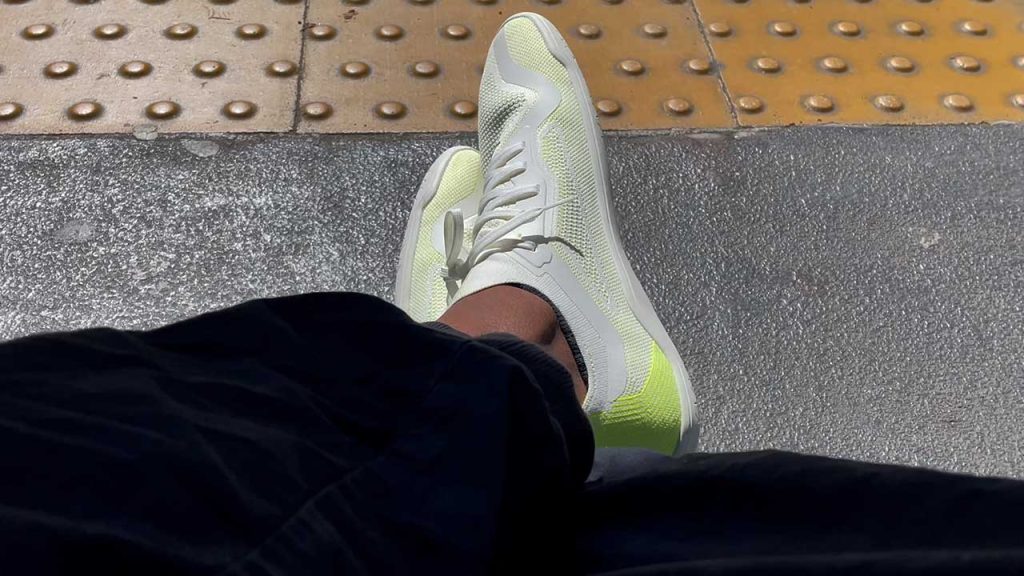
I recently tried out the Vivobarefoot Primus Lite Knit shoes as part of a video review.
I wore them only for training.
My initial fear was that my feet would feel sore after wearing them for a long period of time. Mainly because they have literally no cushioning on the sole.
But in actual fact I was fine. On the very first day, I wore them to the gym and worked out in them and also wore them for a further few hours afterwards.
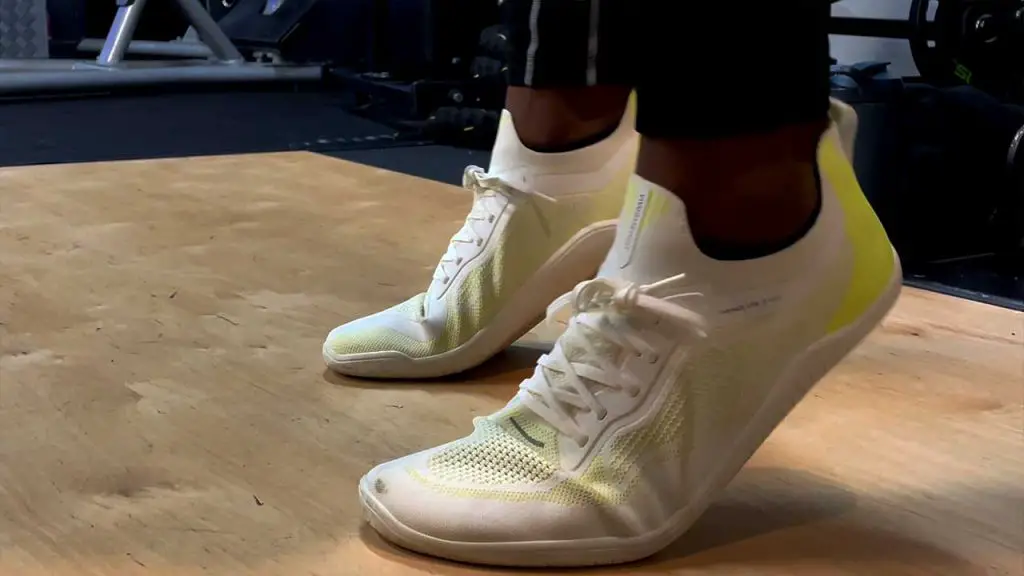
I enjoyed the idea that you cannot walk comfortably in these shoes unless you are mindful of the way you walk. I like having the reminder to align my foot properly not just when walking but running too.
Wearing them I found lifting weights in the gym was pleasant, they work well for squats and deadlifts, when running in them they may take some adjustment because of the lack of cushioning but after a couple of days, I had become accustomed to the difference. As my first pair of true barefoot shoes, I think the Vivos were definitely a good choice.
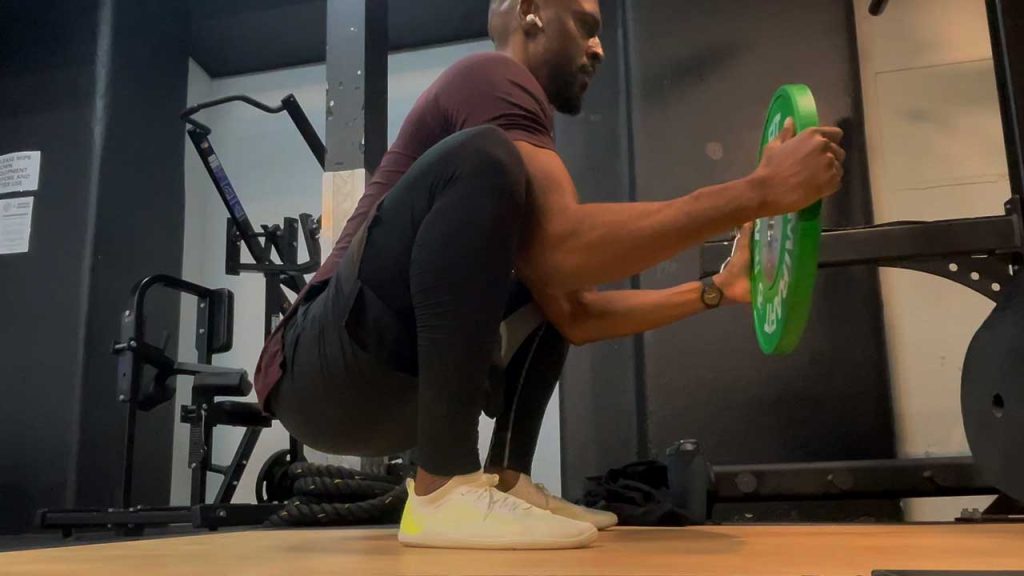
I think my biggest mistake was going for the bright white safety yellow colour because they get stained and marked so easily, I should have chosen the black pair. But other than that, wearing them for training has been great.
Benefits of Barefoot Shoes
Improved Balance and Posture
Wearing barefoot shoes can lead to improvements in your balance and posture. Since these shoes allow your feet to be in closer contact with the ground, you can experience a more natural gait while walking or running.
This increased proprioception can also lead to a better awareness of your body’s position in space, which is essential for maintaining good posture and balance.
Strengthening Foot Muscles
Barefoot shoes enable you to strengthen the muscles in your feet, as they require your foot muscles and ligaments to work harder compared to when you wear traditional shoes. By engaging these muscles and using them more efficiently, you are protecting your feet and supporting your body’s natural biomechanics.
As your foot muscles become stronger, you may notice increased stability, flexibility, and overall foot health.
Reduced Risk of Injuries
Switching to barefoot shoes can help reduce the risk of certain injuries related to over-reliance on supportive footwear.
Traditional shoes often provide excessive cushioning, which can weaken foot muscles, leading to conditions such as plantar fasciitis. Barefoot shoes help promote a natural running cadence, which can potentially reduce stress on your knees, hips, and other joints.
Keep in mind that transitioning to barefoot shoes should be done gradually, allowing your feet and body to adapt to the new footwear and running style. This will ensure a smooth transition and avoid any potential setbacks or injuries.
Potential Drawbacks and Concerns
Transitioning from Traditional Shoes
When transitioning from traditional shoes to barefoot shoes, it may be bneficial to start with short sessions of 15-20 minutes and to gradually increase.
Going barefoot or wearing minimalist shoes can be a shock to your feet, and a gradual adaptation phase is necessary.
Be aware that the transition may initially cause some discomfort or foot pain due to the differences in cushioning, weight, and flexibility between traditional and barefoot shoes.
Foot Conditions and Pain
Wearing minimalist or barefoot running shoes can potentially exacerbate existing foot conditions, so it’s essential to consider this before making the switch. Some common foot issues include:
- Plantar Fasciitis: This condition is characterized by inflammation in the plantar fascia, which connects the heel to the toes. People with plantar fasciitis may experience increased pain when switching to barefoot shoes, as the thin soles and reduced arch support can apply additional pressure to the plantar fascia.
- Foot Deformities: Those who have foot deformities, such as bunions or hammertoes, should be cautious when adopting minimalist footwear. These shoes may not provide the necessary support to accommodate these conditions, leading to discomfort or worsening symptoms.
- Back Pain: While there is no strong evidence that barefoot shoes directly cause back pain, switching suddenly to minimalist footwear can potentially alter your gait, which may affect your posture and spinal alignment. This change can contribute to discomfort or exacerbation of existing back pain.
Additionally, running or walking on hard surfaces may present a challenge when wearing shoes with minimal cushioning, as this can increase the pressure on your feet. For those with existing foot pain or injuries, contact with hard surfaces can result in further discomfort.
To summarise, I think it’s crucial to take into consideration your individual circumstances when making the switch to barefoot or minimalist shoes. Be mindful of potential risks and ensure a gradual, careful transition to avoid any unnecessary pain or injury.
Making the Right Choice
Selecting the Best Barefoot Shoe for Your Needs
When you’re choosing the best barefoot shoe for your needs, consider the activities you’ll be using them for.
Are you looking for running shoes, sandals, or just casual sneakers, also, how long are you planning on wearing them for at a time?
If you’re into running, zero-drop running shoes promote good running form and help avoid injuries such as shin splints and stress fractures. If you prefer a more versatile option, look for shoes that offer a little more protection and flexibility across different terrains. Such as a trail running barefoot shoe.
It’s crucial to keep your individual needs in mind. If you have flat feet, make sure the barefoot shoe has a suitable insole for extra support. A wide toe box is essential for people with bunions or hammertoes, as this feature provides ample space for your toes.
For those with diabetes, selecting a breathable shoe is vital, as it helps keep your feet dry, reducing the chances of bacteria buildup or inflammation. Other activities like yoga benefit from minimal shoes that offer flexibility and a natural connection with the ground.
Additional Factors to Consider
Beyond your specific needs, there are other aspects worth noting:
- Material: Look for breathable materials like mesh or canvas to keep your feet cool and dry, avoiding discomfort and bacteria accumulation.
- Heel Elevation: Barefoot shoes with minimal heel elevation, also known as stack height, ensure proper foot alignment and can help reduce the likelihood of injuries.
- Fit: A secure and snug fit is essential. Choose shoes that feature laces, straps, or Velcro closures, as these allow for better adjustment and support.
- Traction: Opt for shoes with enough grip to prevent slipping, especially if you plan on traversing uneven surfaces or engaging in water activities.
- Price: There are affordable options for barefoot shoes that provide the health benefits you’re looking for without breaking the bank. Consider brands like Merrell Vapor Glove 5 or Altra Superior 5 for budget-friendly solutions.
By considering these factors, you can make an informed decision and select the best barefoot shoes tailored to your needs and preferences.
Do Podiatrists Recommend Barefoot Shoes?
Podiatrists have varying opinions when it comes to recommending barefoot shoes. Some podiatrists believe that barefoot shoes can be beneficial for certain individuals, while others caution against them.
Some podiatrists caution against barefoot shoes because of the lack of support, which is understandable. Certain individuals such as older people may require more support and have weaker muscles than others. Such people would more of a base level of support and cushioning in a shoe.
Many people with flat feet, high arches, or other foot conditions have had great results from using barefoot or minimalist shoes, but it’s important to remember that not everyone’s condition is the same.
Whether or not podiatrists recommend barefoot shoes depends on the individual and their specific foot health needs. If you are unsure, then do consult with a podiatrist before trying barefoot shoes, especially if you have more serious pre-existing foot conditions or concerns.
Author
-
Stuart Patrick is a health and fitness lifestyle journalist who writes for ListedFit.com.
“I've spent a lot of time trying to get in shape and change my body and I realised there are so many untruths in the health and fitness industry that can slow down or stop your progress, so I share my knowledge and experience to help others to cut through the BS.”
Latest entries
 MacaMarch 17, 2024Which is Better: Black or Red Maca? Comparing Benefits and Uses
MacaMarch 17, 2024Which is Better: Black or Red Maca? Comparing Benefits and Uses FitnessFebruary 18, 2024Join the Discount Club Today!
FitnessFebruary 18, 2024Join the Discount Club Today!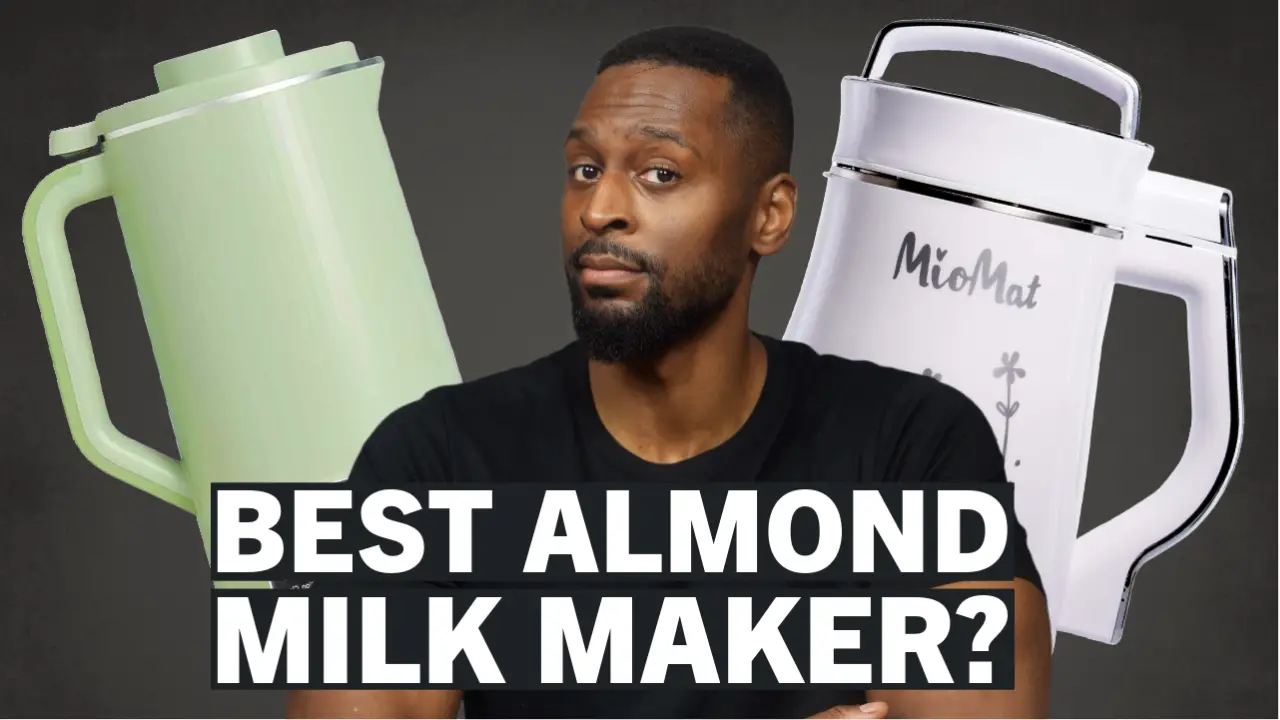 KitchenFebruary 5, 2024Best Almond Milk-Making Machines 🥛 Cheap vs Expensive?
KitchenFebruary 5, 2024Best Almond Milk-Making Machines 🥛 Cheap vs Expensive? Barefoot ShoesDecember 18, 2023Can Barefoot Shoes Be Bad for You? Exploring the Potential Downsides
Barefoot ShoesDecember 18, 2023Can Barefoot Shoes Be Bad for You? Exploring the Potential Downsides
Affiliates:
This post may contain affiliate links that at no additional cost to you, the site may earn a small commission. We only recommend products we would use ourselves and all opinions expressed on this site are our own.
General Advice:
The information provided in this article is for general informational purposes only. It is not intended as a substitute for professional advice. Always consult with a qualified healthcare professional before starting any new diet, exercise program, or making changes to your health routine.
Accuracy Advice:
While we strive to provide up-to-date and accurate information, the content in this article may not reflect the most current research or medical guidelines. We encourage readers to do further research and consult with professionals for more personalized advice.
Our Recommendations:
The products and services mentioned in any of our articles are recommended based on our independent research and personal experience. We are not sponsored by any company. We aim to suggest products and services we believe are of high quality and could be beneficial to our readers.


